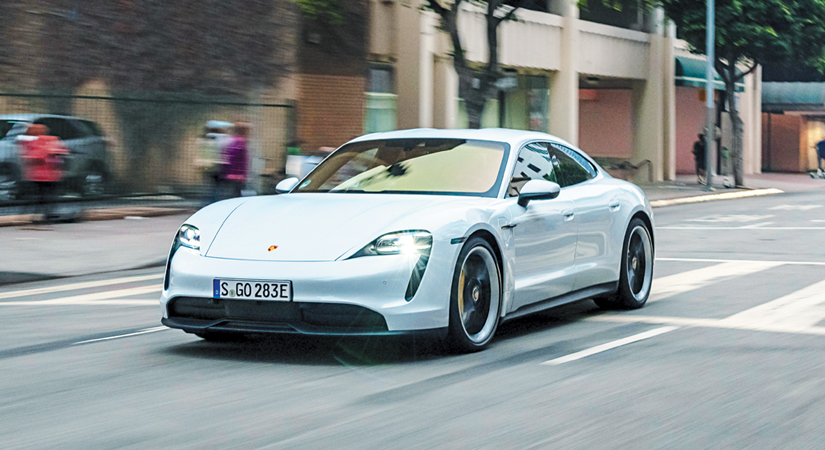The road most traveled
If only we could, like Robert Frost, take the road less traveled. But in our daily lives, the road most traveled on our way to work and back home is also the most hated.
For majority of people in Metro Manila, that’s EDSA. For many others, including me, it’s Roxas Boulevard, which in recent months (especially in December) has become like EDSA. There are no bottlenecks, it’s just traffic all the way from Port Area where the Philippine Star office is located until I turn left on Buendia to take the Skyway, or stay on Roxas Blvd. until Airport and Sucat Roads — all of which are a hot mess. Then there’s España and Quezon Avenue all the way to Fairview.
On Facebook and Twitter every day, friends are complaining about three- to four-hour commutes to get home after a long day at work. On Tuesday, I had to be in Quezon City for an appointment and made sure I left before 5 p.m. It still took me three hours to get to Parañaque.
Are our days going to be like this for the rest of our lives? It feels like we do less work every day and spend more time in traffic. For us who drive our own cars, it’s unproductive time (except for that drive home one night when I finished four episodes of The Good Place on my phone); for people with drivers, it’s a chance to catch up on sleep or work but, really, they’re a small percentage of car owners.
In October last year, Waze named Manila traffic as the worst in the world at 4.88 minutes per kilometer on average. No one was really shocked — we all experience this kind of congestion on a daily basis and the resulting lower back pain from sitting for hours in the office and on the road. In the same report, Metro Manila was followed by Bogota (Colombia), Jakarta (Indonesia), Sao Paulo (Brazil), and Tel Aviv (Israel).
Then there are the studies that estimate how much traffic congestion costs economies on a daily basis. In 2019, the Japan International Cooperation Agency (JICA) said Metro Manila traffic costs us P3.5 billion in lost opportunities per day. That’s P1.2 trillion (US$23 billion) a year — almost a third of the country’s national cash budget for 2019! In a year or five, that cost is the equivalent of what we could build — perhaps some housing for the poor, new facilities for PGH, new trains for LRT, new railroad tracks for PNR, airports, roads, bridges.
A similar study was made for Jakarta last year, which pegged the economic loss for Indonesia at US$4.6 billion (P232 billion) a year — still a lot less than what the Philippines loses annually.
But how do they calculate the economic cost of traffic congestion? It’s one of the most debatable issues in an economy and suffice it to say they have similar methodologies starting with the simple definition of “traffic congestion,” which “occurs when the volume of traffic generates demand for road space greater than the available road capacity.” To Metro Manila residents, that’s become our everyday reality.
Then they collect data, such as the number of hours people sit in traffic, and measure the impact on both passenger transportation and commercial/freight transportation. We may all hate the trucks that clog up our roads, but they’re also responsible for keeping businesses in business, for helping keep our economy afloat. For passengers, it’s loss of productivity, waste of time, fuel consumption, and the wear and tear of vehicles, among others.
A report by CNBC last year on the US situation mentions three cities — Chicago, Washington, DC, and Boston — as having the worst traffic congestion. “The total (cost) last year was US$87 billion, or US$1,348 per driver, according to new data analyzed by research firm INRIX. Each year, INRIX issues a Global Traffic Scorecard based on millions of pieces of data from connected vehicles, departments of transportation, cellular positioning reports and a number of other sources.”
The losses also include the high cost of moving around in our cities versus the actual salaries people receive. In 2018, an officemate spent P100,000 on Grab rides — fares that surge when traffic is heavy and demand is high. (In 2019, Grab didn’t send the year’s summary to its riders.)
The government may build and build new highways and roads, but without an efficient mass transport system — where trains aren’t packed and don’t break down — people will just be buying more cars and clogging up roads.
Visit the author’s travel blog at www.findingmyway.net. Follow her on Twitter and Instagram @iamtanyalara.


